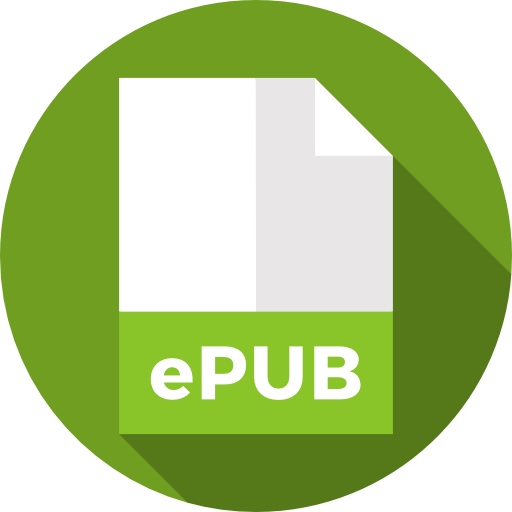
An International Publisher for Academic and Scientific Journals
Author Login
Scholars Academic Journal of Biosciences | Volume-13 | Issue-01
Effect of Storage Method for Phaseolus lunatus Seeds on Germination and Expression of Morphological Traits
Yao Kouakou Abessika Georges, Anzara Gnigouan Kadio Guy Roland, Doubi Bi Tra Serge, Diaby Cheick Hamed Tidjane, Gore Bi Boh Nestor, Akaffou Doffou Sélastique, Zoro Bi Irié Arsène
Published: Jan. 30, 2025 |
232
248
Pages: 203-207
Downloads
Abstract
Phaseolus lunatus plays an essential role in soil nutrition and fertility. However, poor seed saving practices often lead to significant post-harvest losses, reducing germination rates and crop yields. To solve these problems, it is necessary to understand how conservation methods affect seed quality and plant development. This study aimed to assess the effects of storage methods and morphotypes (M1 and M2) on germination performance and morphological traits of Phaseolus lunatus. The research was conducted at Jean Lorougnon GUEDE University. The experimental set-up was a randomised block design with two replications. Seeds of the two morphotypes were stored under different conditions (as pods and as shelled seeds) before being sown. Germination parameters, including emergence rate and time, as well as morphological characteristics such as plant height, number and size of leaves, were recorded and analysed using statistical methods. The results showed that storing hulled seeds significantly improved germination rates and reduced emergence time compared with storage in pods. Plants grown from hulled seeds also showed improved morphological characteristics. Among the morphotypes, M2 systematically outperformed M1, indicating greater genetic and physiological adaptability. This study highlights the crucial role of optimised seed preservation methods in improving the productivity of Phaseolus lunatus. Preservation of shelled seeds proved to be the most effective strategy. The superior performance of the M2 morphotype highlights its potential for breeding programs aimed at improving agricultural resilience and food security in resource-limited regions.


